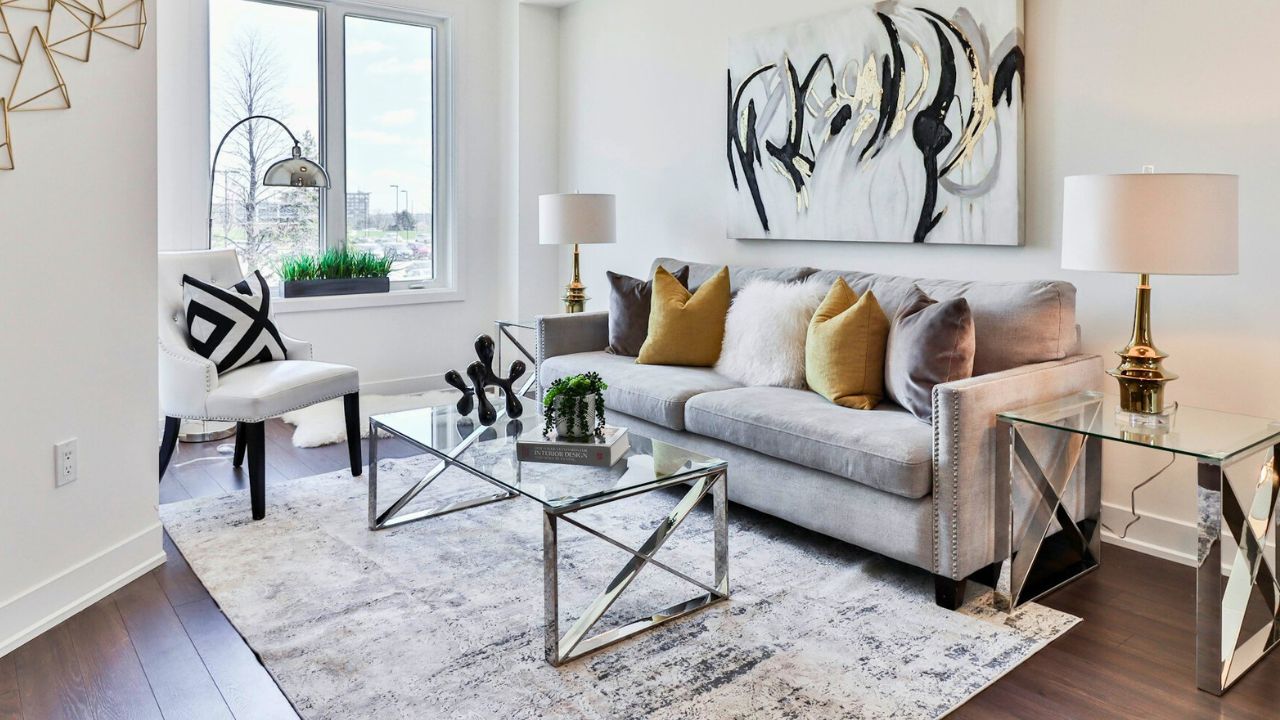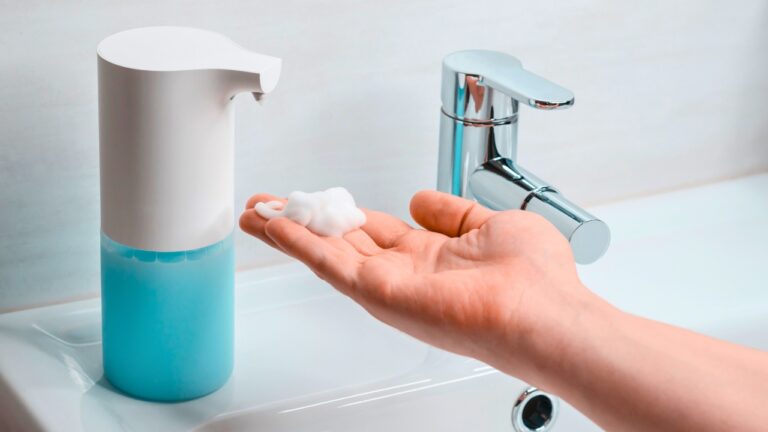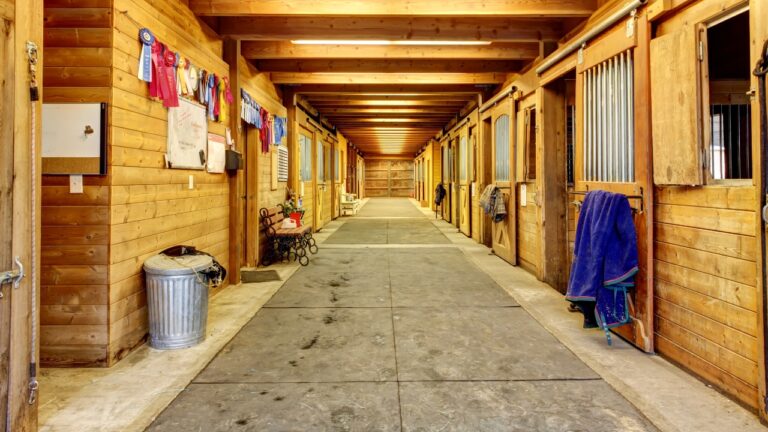The unexpected thing your floors are doing to your whole color palette
Floors boss your paint and textiles around more than almost anything else in a room. Wood undertones, tile hues, and even large rugs can push your walls toward green, make whites look dingy, or fight your sofa. If your colors never land right, your floor might be the quiet culprit.
You don’t have to replace it. You have to read it and respond.
Identify the undertone honestly
Stand back and squint. Does the wood lean orange, yellow, red, or gray? Do the tiles pull blue, brown, or pink? That undertone is effectively a wall-to-wall color field. Treat it like a dominant player in your palette. When you choose paint that fights the floor’s undertone, everything looks slightly “off,” even if you can’t name why.
Lay a sheet of pure white printer paper on the floor to help your eye see the cast.
Choose wall colors that neutralize, not clash
Orange and red floors calm down with cooler, muted neutrals—soft mushroom, greige, and gentle taupe. Very yellow floors pair well with warm whites that have a touch of cream, not stark white. Cool gray tile may need a warmer wall to avoid a hospital feel. The goal is harmony, not matchy-matchy.
Test large swatches on poster board and move them around all day. Light changes everything.
Use rugs to interrupt the color cast

A large, low-pile rug in a neutral or palette-pulling pattern can break a strong floor color and create an island for your furniture. If the wood reads orange, pick a rug with charcoal, cream, and a whisper of the same warmth so it looks intentional. A rug buys you a new baseline without touching the floors.
Layer a durable jute under a softer patterned rug for size and texture.
Repeat the floor tone twice on purpose
Echo the undertone in two smaller places—frames, a bowl, a pillow stripe—so the floor feels like part of the plan. This trick convinces your brain the room belongs together. If your tile is cool, bring that cool tone into art mats or metal finishes sparingly. Repetition turns “stuck with it” into “chose it.”
Keep the rest of the palette quiet so the echo doesn’t get loud.
Fix lighting temperature before you repaint
Bulb temperature can make floors lie. Warm wood under blue-white LEDs looks orange and harsh; the same wood under warm bulbs looks rich and grounded. Swap to warm white (2700–3000K) and reassess paint and textiles. You may not need new colors once the light stops fighting the floor.
Mixing bulb temperatures in one room is a guaranteed clash. Choose one.
Bridge hard transitions
Where tile meets wood, or wood meets carpet, use a runner or a slim threshold in a finish that relates to both. The small seam can be the reason two rooms never feel cohesive. A runner that pulls colors from both spaces acts like a translation layer and hides a jarring transition.
Keep runner patterns quiet if the floors are already busy.
Let furniture legs talk to the floor

Black metal legs on very warm wood can look disconnected. Wood legs in a similar tone or matte black repeated elsewhere help connect furniture to the ground plane. If the couch looks like it’s floating, the leg finish might be arguing with the floor. Simple swaps (or even leg covers) fix more than you’d think.
Felt pads also lift the look—scraped floors make everything feel tired.
Clean and maintain for true color
Dirt, residue, and scratches change how floors read. A deep clean with the right cleaner (no heavy soap on wood, grout refresh where needed) can shift undertone perception back to reality. Don’t judge a palette on a tired floor. Clean first; decide color second.
Polish sparingly. High shine on old finishes can amplify the wrong tones.
Floors set the mood. Read the undertone, choose walls that harmonize, break the cast with a rug, repeat the tone on purpose, and correct lighting. When you work with what’s under your feet instead of against it, the rest of the room finally lands.
Like Fix It Homestead’s content? Be sure to follow us.
Here’s more from us:
8 upgrades that look like you spent thousands (but didn’t)
9 small changes that instantly make a house feel high-end
*This article was developed with AI-powered tools and has been carefully reviewed by our editors.







